
ZZ( Zamioculcas Zamiifolia) Plant Guide
Looking for a plant that's simple to maintain and suitable for Instagram? The ZZ plant is the only possibility! It is understandable why indoor gardeners favour Zamioculcas zamiifolia. This well-liked houseplant is prized for its symbolic significance and is well-known for its glossy, dark foliage and lush texture.

People are choosing indoor plants like the ZZ plant to give their living spaces some natural colour and life to bring the outdoors indoors. It not only makes you feel as though you are escaping the concrete confines, but it also improves the tranquilly, optimism, and creative energy of your surroundings. ZZ plants are popular among buyers because they are simple to maintain indoor plants. This shiny and slick easy-care plant has a distinctive, eye-catching form and a gorgeous, dense cluster of glossy zig-zag leaves, making it the ideal gift for your careless, plant-loving friend.
About ZZ Plant
Eastern Africa is home to the tropical perennial Zamioculcas zamiifolia, also referred to as the ZZ Plant. Due to its high dependability as a houseplant that can withstand low light and requires little water, it has recently gained popularity across the globe.
The ZZ grows smooth, naturally shiny leaflets that range from bright lime in their youth to emerald green in their maturity, earning it the moniker "Zanzibar Gem" at times.

Types
Raven ZZ (The Dark Beauty)
The Raven ZZ plant is well known for its extremely dark, glossy purple foliage. This is also known as Black ZZ plant. This plant has much lighter leaves when it is young, and as it grows, its leaves turn a dark, almost black colour. This results in the plant's recognisable striated appearance. It is referred to as the "Zanzibar gem" and is extremely rare.
This zz plant variety, named after the bird Raven, was just recently introduced in the US. After a few months, the leaves change to a dark-green hue that almost looks black in low light, earning it the nickname "dark beauty." Place it in kitchens, bathrooms, or even basements and use a pot with drainage so that it can grow to a full height of 3 feet and taller
Zenzi (The Dwarf ZZ)
One of the best indoor plants for low-light conditions is the ZZ plant. A brand-new cultivar called "Zenzi" has adorable dark green leaves and a very compact habit. This plant would look great on a desk or island. The air in your home can be cleaned by ZZ plants as well. Evergreen succulent plant Zamioculcas zamiifolia "Zenzi" or Dwarf ZZ plant is used as a decoration in homes and offices. For any occasion, this green gift idea is ideal.
This new ZZ plant is also excellent for small spaces. It is smaller than the typical ZZ plants, standing at least an inch taller. It needs to be kept away from direct light, performs better in porous containers like terracotta, and can withstand typical indoor humidity.
The "Zamicro" and "Dark Zamicro"
Due to its colour, this particular variant is very similar to Raven ZZ. Its growing circumstances are comparable to those of Raven ZZ. The only distinguishing characteristic of 'Zamicro' is its two-foot maximum growth rate.
Classic Lucky Plant
Another variety of the ZZ plant is the Lucky Classic plant, which has rounder, feather-like, medium-dark green, glossy leaves. Spring and summer are potential flowering seasons for this plant. It does best in areas with some shade and prefers a potting mix of soil that is well-drained and aerated. The Lucky Classic has smooth, glossy, less pointed lance-shaped leaves that are mid-green in colour.
Variegated ZZ
Many people adore variegated ZZ plants for their lovely foliage with splashes of yellow, white, and green. They are the first choice for time-pressed gardeners due to their laid-back disposition. This is a rare find which makes it expensive.

Gold variegated ZZ
A lovely houseplant with golden-yellow to creamy white foliage on fleshy green stems is called the gold-variegated ZZ. It is one of the priciest ZZ plant species due to its numerous hues of leaves. Consider this variety if you're looking for a groundcover plant. It's a great option because of its colourful foliage.
Variegated White ZZ Plant
These ZZ Plant varieties can be used in both indoor and outdoor arrangements and require little maintenance. The glossy, light green leaves occasionally turn a dark, nearly black colour.

Care
Since ZZ plants are low-maintenance, easy-to-care-for houseplants, even gardeners with the worst thumbs can keep them alive with the barest of attention. Just enough light and a thorough watering once every two weeks will do for ZZ plants. Though these plants grow from rhizomes, which help them store water under the soil, making them drought-tolerant plants, don't worry too much about forgetting to water your ZZ plant.
In Africa, it can grow outside, but everywhere else, it does best indoors. If you want to grow it outside, plant it in a container that can be brought inside when the weather turns chilly. ZZ plants have naturally shiny leaves, but as dust builds up, they can become dull. Never use a commercial leaf shine to clean a Zanzibar gem's leaves because it will clog the plant's pores. Instead, use a damp washcloth to gently wipe away dirt and debris to bring back its shine.
Light
ZZ plants are suitable for indoor growing because they can tolerate a wide range of lighting conditions. The plants can thrive in dim lighting. If not given enough light, they can grow lanky very quickly. Select a bright, indirect lighting location for the plant in your home, ideally in a room with south-facing windows. Avoid direct sunlight because it can burn your plants' leaves.
Water
Avoid overwatering; instead, wait until the top of the soil is completely dry before adding more water. It is best to water this plant sparingly rather than excessively to avoid stem and rhizome rot.
Soil
ZZ plants don't have many potting medium preferences as long as it drains well. Most common potting mixtures should be sufficient for your plant. If more drainage is required, perlite or sand can be added.
Fertilizer
ZZ plants typically do not benefit from routine fertilisation. However, during its active growing season, fertilise your ZZ plant with indoor plant fertiliser that has been diluted to half-strength if you want to increase its size or vigour.
Humidity
Since a ZZ can tolerate average indoor humidity and even slightly dry air, it is not necessary to take humidity levels into consideration when caring for one. But aim for 40-50% humidity if you want to mimic the humidity levels it would encounter in its natural environment. To increase humidity, you can group plants together, use a humidifier, or add a pebble tray.
Propagation
ZZ plants can propagate primarily through stem cuttings and division. The simplest method of plant propagation is by division; the next time you repot your plant, separate the rhizomes and put them in different containers.
Stem Cutting
It is common practice to remove a stem from any plant in order to propagate a new plant from it. This method also works with this plant and produces faster results for zz plant propagation. Start by removing a stalk from the base of your plant by making a straight cut with a clean knife. Put it in water, and change the water every three to four weeks. Put this close to a window so it can get light and develop. You can repot a plant once you see a new rhizome and roots that are at least an inch long. For optimum zz plant growth, check the drainage, don't overwater, and use about two inches of potting soil.
You may need to wait six to nine months before roots start to grow when propagating by stem cuttings because it takes longer.
Repotting
Only after ZZ plants have outgrown their potting container should they be replanted. When the rhizomes are pressing up against the container's edge or changing the shape of the container, repotting is required. If the plant has become root-bound, it may also exhibit signs of stress.

Waiting until the spring or summer to repot the plants is typically a good idea, as it is with the majority of houseplants, as they will be better able to tolerate being disturbed during the active growing season. For your Zanzibar gem, select a potting container that is one size larger and has lots of drainage holes.
Pet friendly or foe?
The ZZ Plant is not good for pets, and if the foliage is eaten, it can irritate humans, cats, and dogs. Always try to keep indoor plants out of small children's and animals' reach is the best course of action.

Benefits
Having indoor plants at home ensures that after a long and eventful day, you feel relaxed, and refreshed, and it improves your mood and calms your mind. The hustle and bustle of our daily lives may occasionally take us too far away from nature. Since the ZZ plant has so many advantages, it is safe to say that you can now swap out your lifeless showpieces for one. Discover the many advantages of ZZ plants by reading on.
Ornamental Value
ZZ plants have ornamental value in addition to being known for requiring little maintenance. Their upright stems, covered in an abundance of glossy, dark leaves, give any space a tropical feel.
Their appearance can also be quite dramatic. ZZ plants can reach heights of 4 feet and a spread of 5 feet, making a statement in the space. It's not surprising that these well-known plants generate so much buzz on social media!
Removes Contaminants
Human health is seriously threatened by air pollution, so it's critical to make sure we are breathing clean air given how much time we spend indoors. ZZ plants can significantly enhance the quality of indoor air. It functions by absorbing airborne toxins, particularly carbon dioxide. You can live a healthier life by putting the plant in various rooms.
Medicinal Qualities
The steroid, triterpenoid, flavonoid, and polyphenol content of the ZZ plant is high. The juice from this plant, which is abundant in antioxidants, is used by Tanzanian locals as an earache remedy. In South Africa, the plant is also used to treat the inflammatory disease Mshipa, and its leaves are also used to treat stomach problems.
The ZZ plant is important to the practise of Feng Shui.
ZZ plants are sometimes referred to as the "fortune tree" and are connected to luck, growth, and steadfastness in Feng Shui theory. Due in part to the fact that their shiny leaves sparkle like gold coins, they are also linked to prosperity and good fortune.
The ZZ plant's growth patterns also have a connection to good fortune. For instance, the foliage is evergreen and succulent, and the leaves and stems grow upward. ZZ plants can be positioned to deflect sha, or bad energy like other indoor plants can.
Adjusts to Different Lighting Conditions
The ability of ZZ plants to tolerate various lighting conditions is well known. ZZ plants are one of the few varieties of indoor plants that prefer indirect light.
They can survive in low light, which makes them a good option for shadier areas. But if they don't get enough light, they might look lanky. Never put a ZZ plant in direct sunlight as this could cause leaf scorching.
Stress management
Plants make a house look nicer. Did you know, however, that you can also be happier by using plants? According to studies, working with plants and being surrounded by greenery lowers stress and anxiety, lessens depression, and elevates mood. But there are even more advantages to plants' health. There is evidence that having indoor plants can boost performance, alter attitudes, and inspire creativity. According to one study on plants in the workplace, adding plants increased people's feelings of creativity and well-being by 15%.
ZZ plants are fantastic for a work environment, including a home office, due to their low maintenance requirements. Plants provide a healthy way to improve mood, lessen stress, and inspire creativity.
Displaying the ZZ Plant
There are several locations in your home where you can keep a ZZ plant:
Place the ZZ plant pot on your table in your study or workspace for all the good vibes. It promotes calmness and aids in concentration.
Kitchen: People are experimenting more with kitchen decor, so you might add a ZZ plant to liven things up there. It can be placed on your kitchen counter as a tabletop plant to add some colour.
Bedroom - Adding a ZZ plant to your bedroom decor is a great idea because of all the benefits it offers. The best part is that the plant absorbs carbon dioxide during the night, making the space healthy for you while also creating a very cosy atmosphere.
Dining Area - A small pot of a lovely, green ZZ plant can be kept on top of your dining table because it not only looks attractive but can also grow in a dimly lit area.
Living Room - A ZZ plant pot can be placed in your living room so you can enjoy a bit of nature indoors while driving away negativity and blending in with the decor of your home.
Problems
The ZZ plant is resilient and can withstand a certain amount of abuse. The most frequent and basic mistake is overwatering.
Yellowing of lower leaves: It's normal for a few of the lower leaves to turn yellow and begin to fall. Verify that you are not overwatering if a lot of your leaves are turning yellow.
Low humidity and dry air are likely to blame for browning leaf tips. Leaf misting can aid in increasing humidity.
Overwatering is the most frequent cause of browning leaves, particularly if the leaf feels slightly damp rather than completely dry.
FAQ’s
Is it possible to keep the ZZ plant in a fluorescent room?
ZZ plants can be kept in fluorescent lights because they don't need direct sunlight. It is perfect for offices and commercial buildings because of this feature.
Can bugs contaminate and kill ZZ plants?
Despite being extremely hardy and pest-resistant, ZZ plants may draw mites due to the dry, dusty soil. The most frequent insect on ZZ plants is the scale insect, but aphids, fungus gnats, and mealybugs are also possible. Spray some rubbing alcohol on them or add horticultural oil if you see any of these.
How quickly does the ZZ plant expand?
This plant develops a little bit slower. However, it does produce a small number of new stems each year. Additionally, during a season, it grows in spurts that average a few inches or more.
A ZZ plant's life span is how long?
It is a durable plant because it is as tough as nails. Because they can be passed down from one generation to the next, ZZ plants are also referred to as heirloom plants.



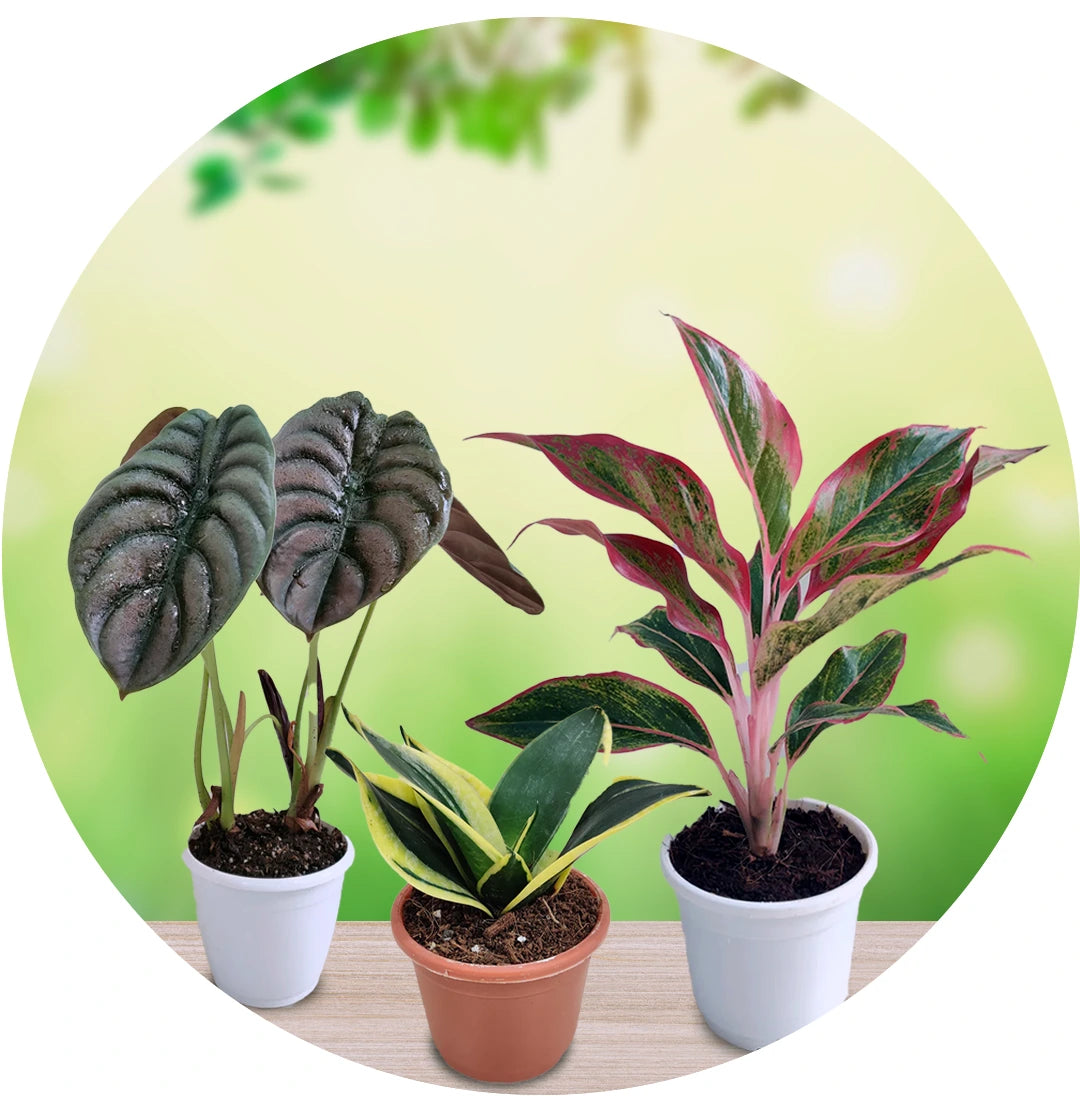
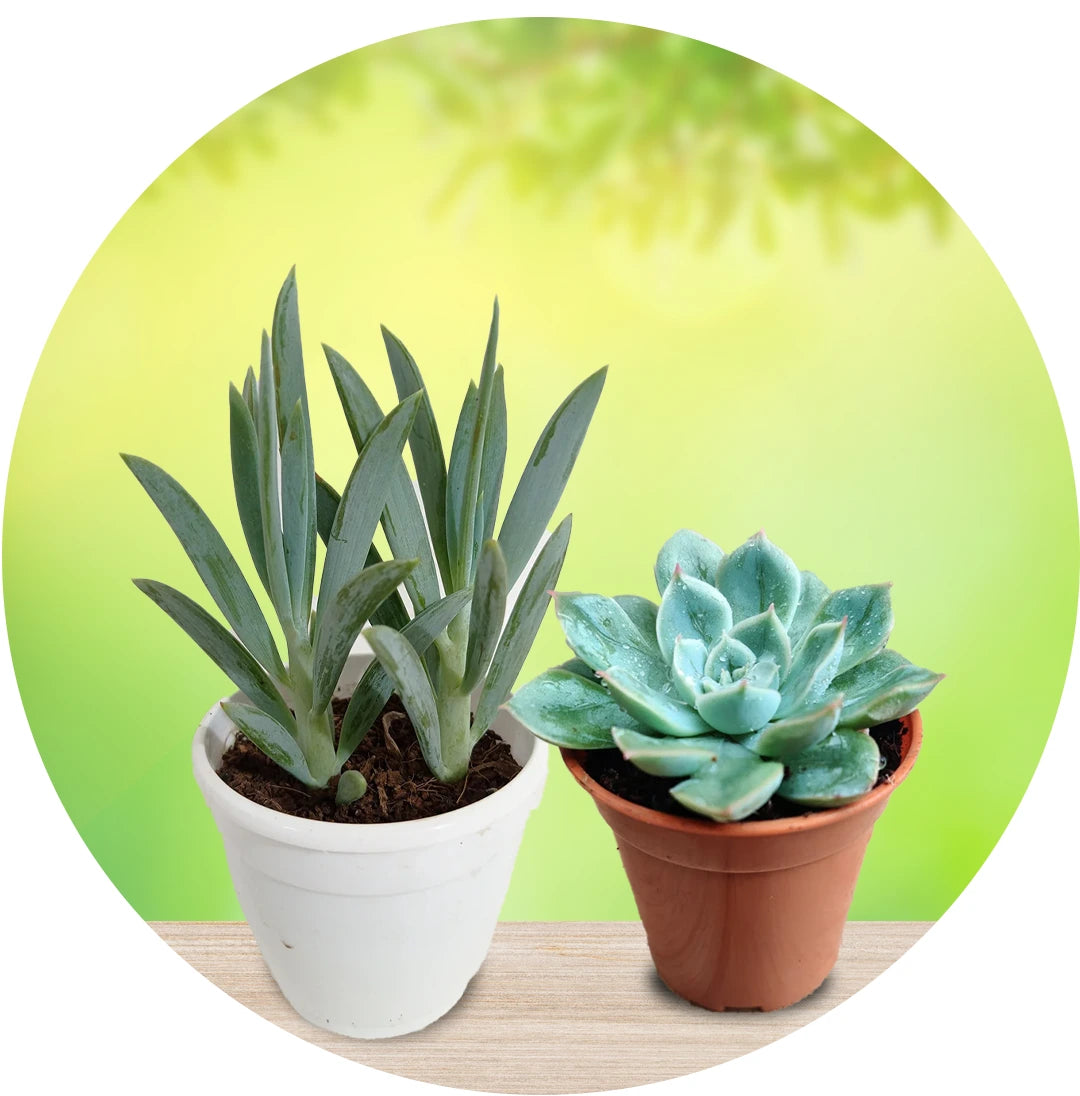
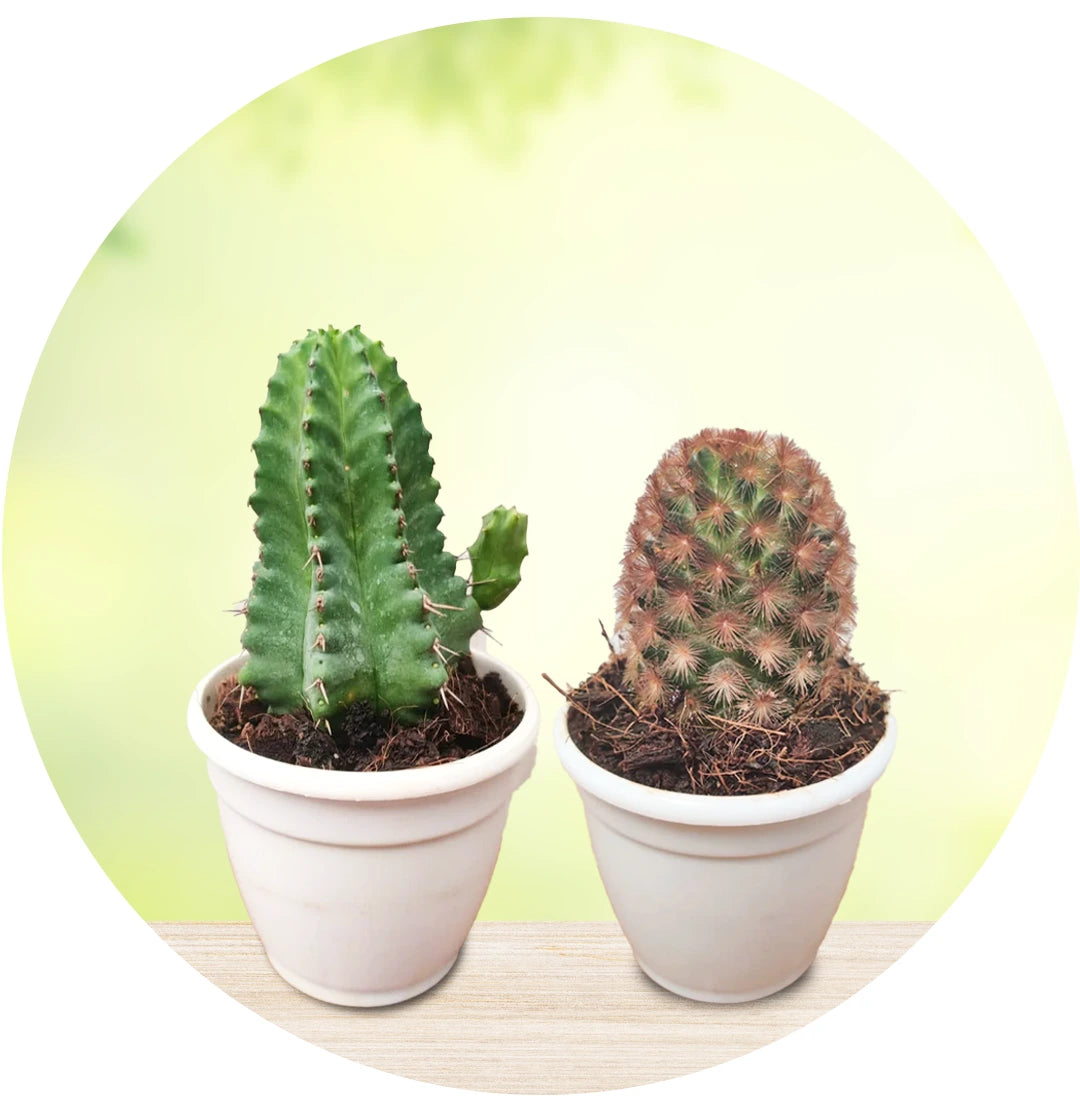
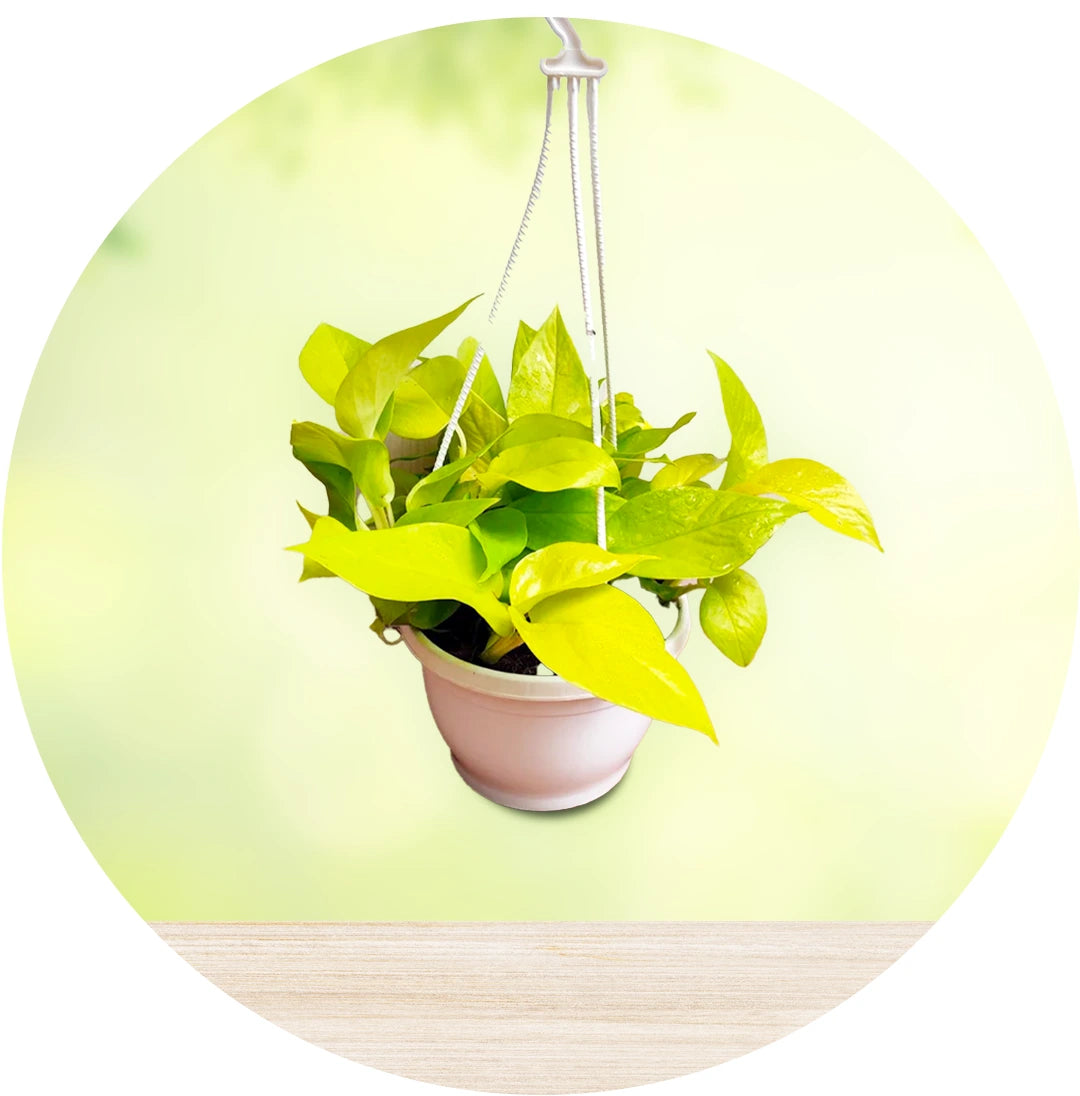
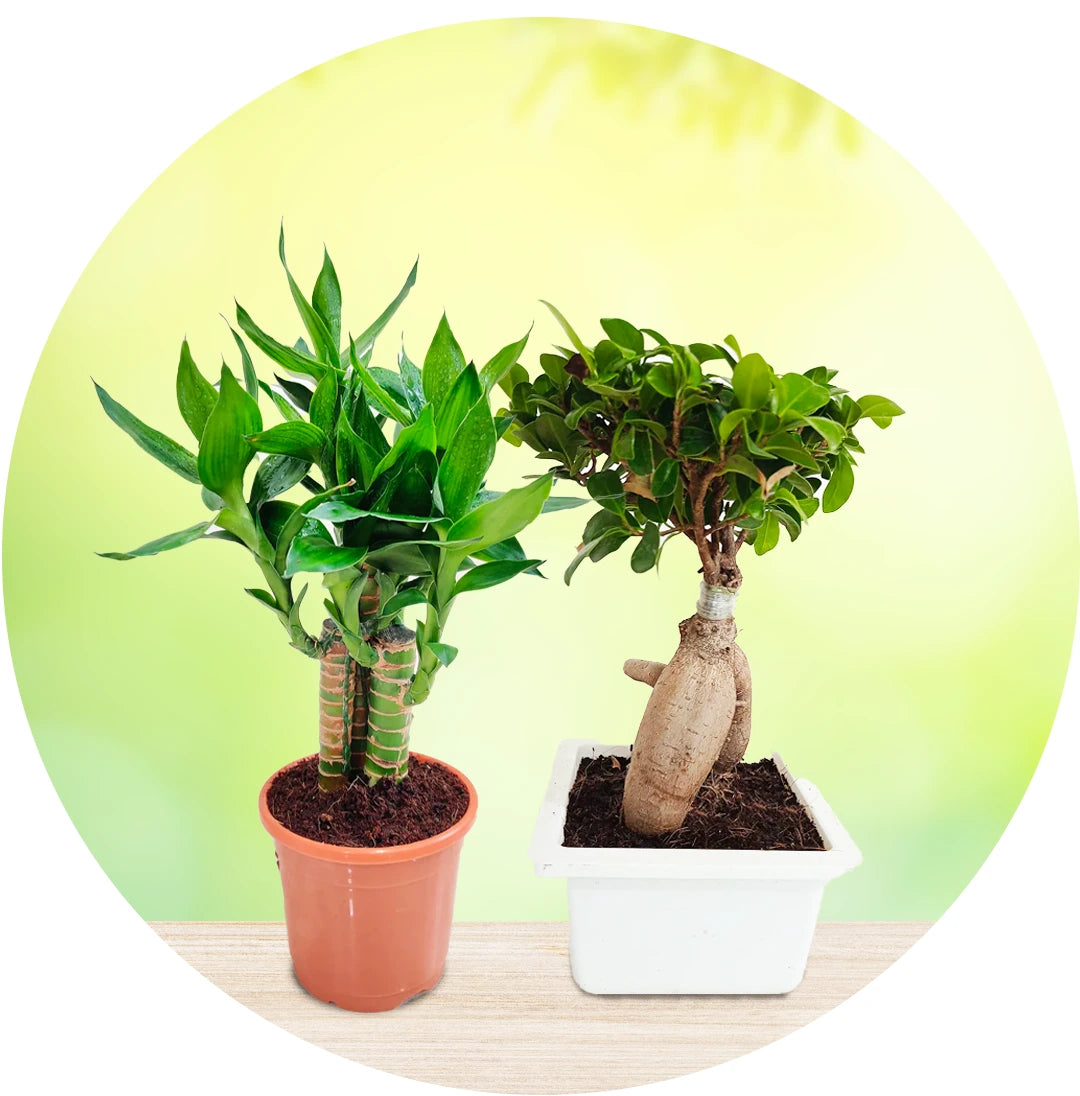
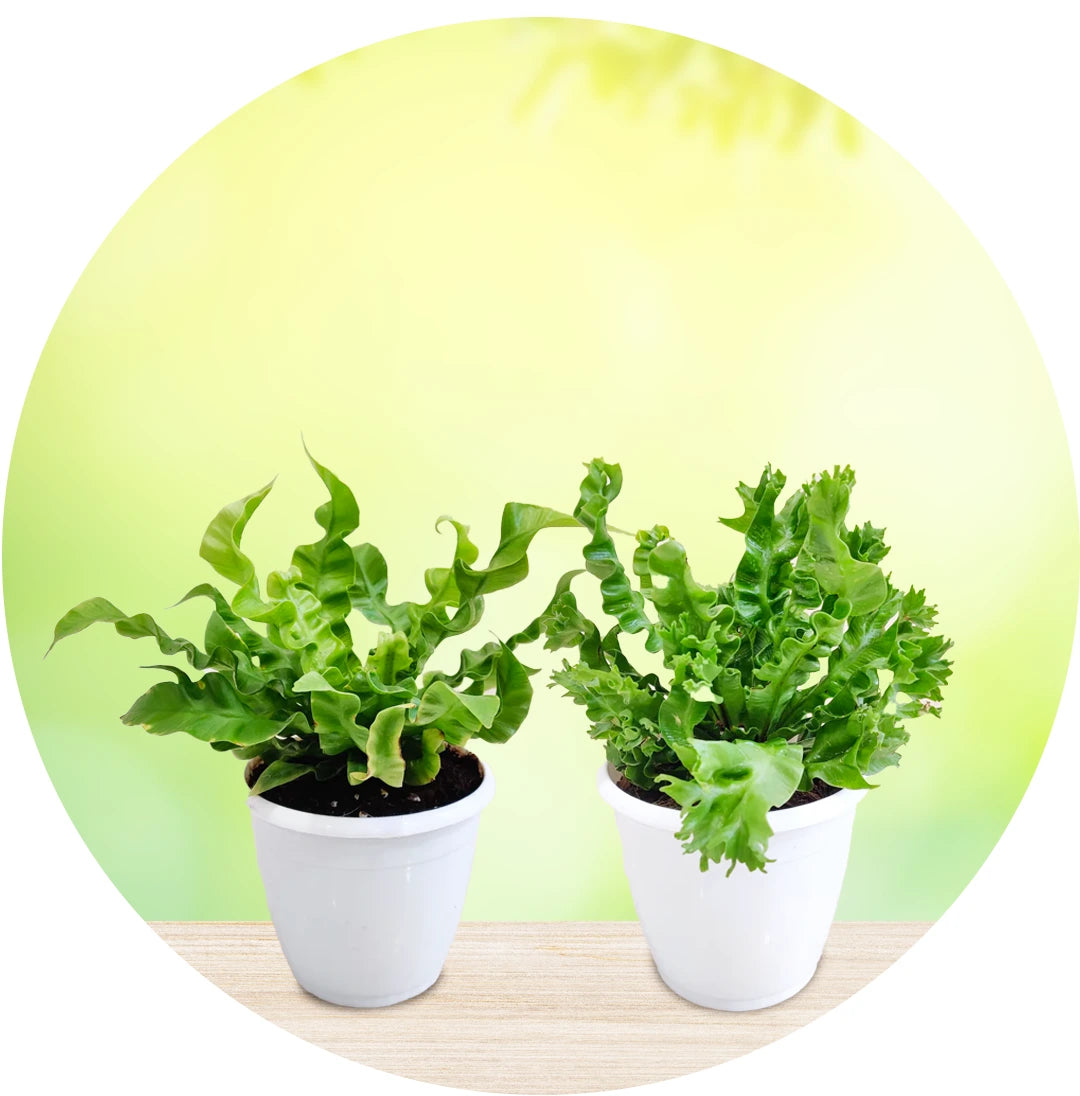
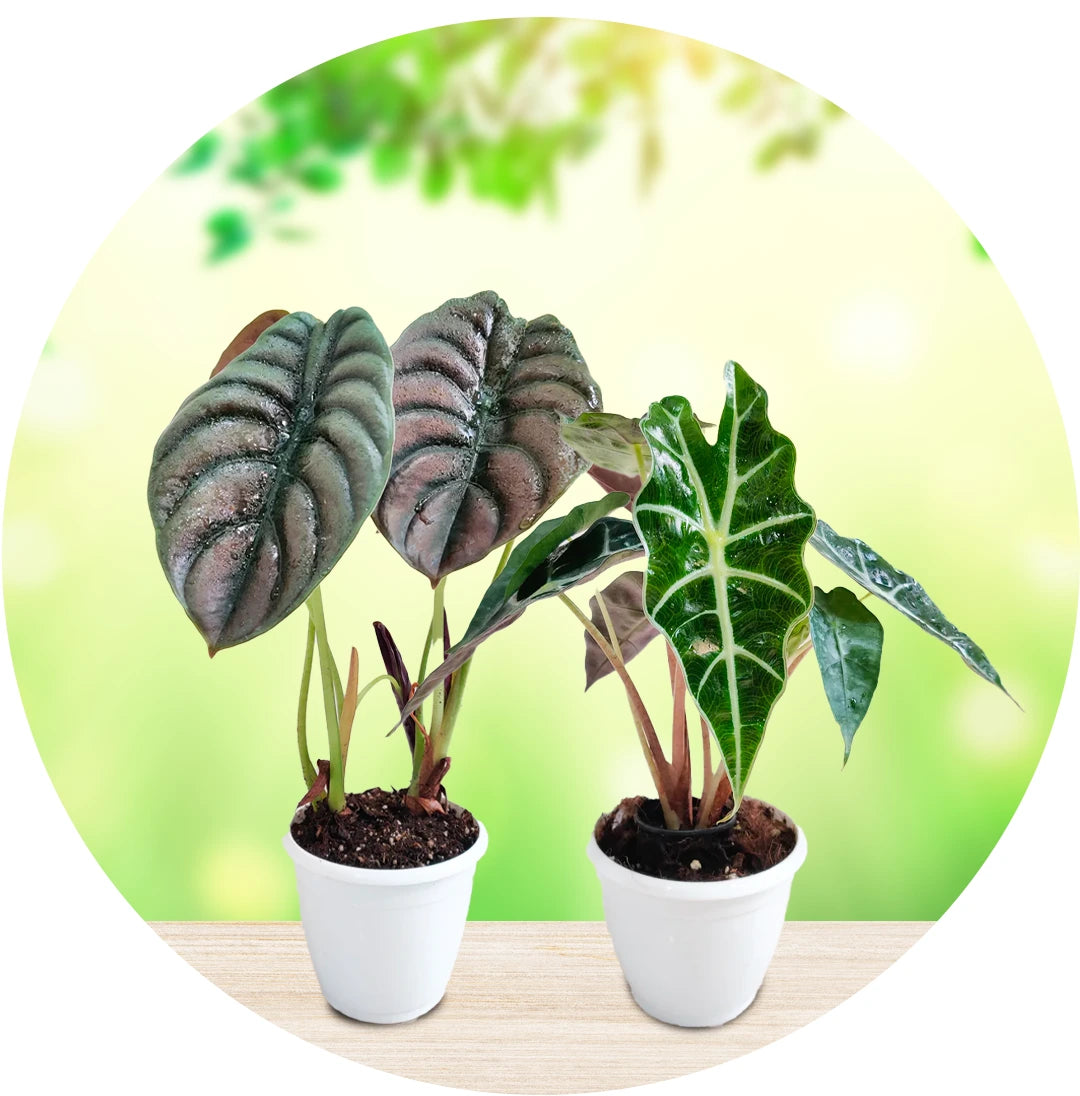
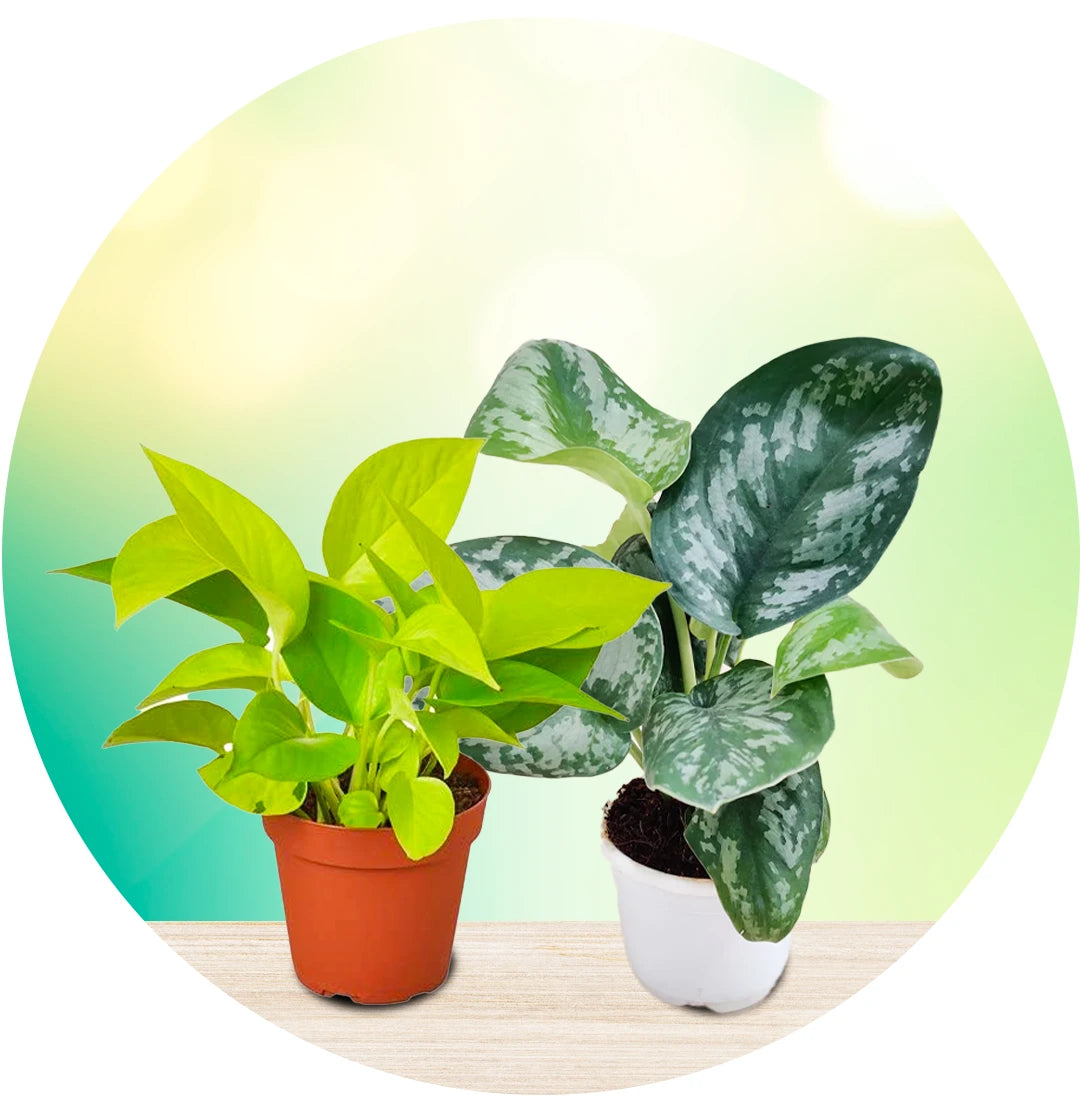
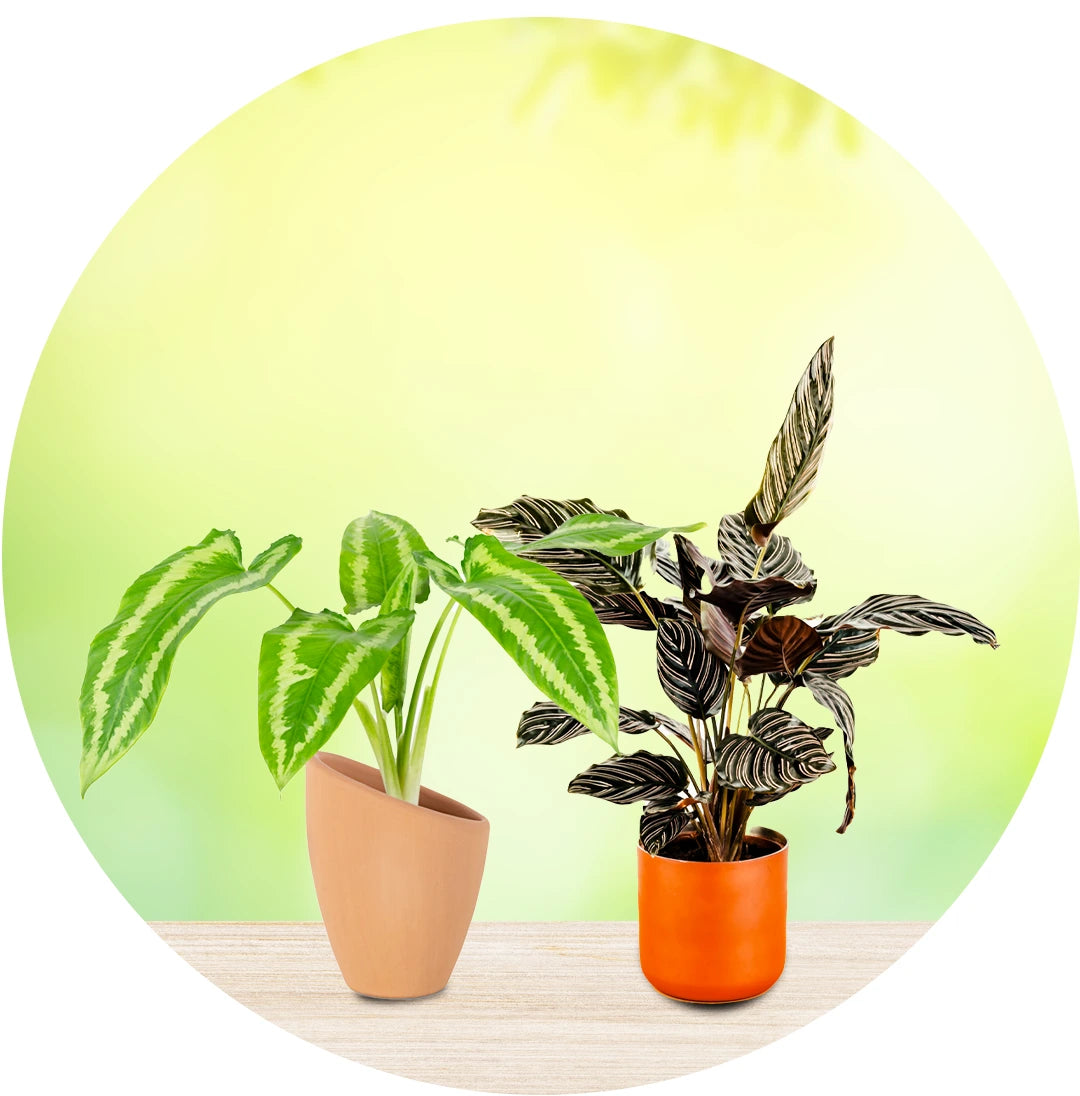
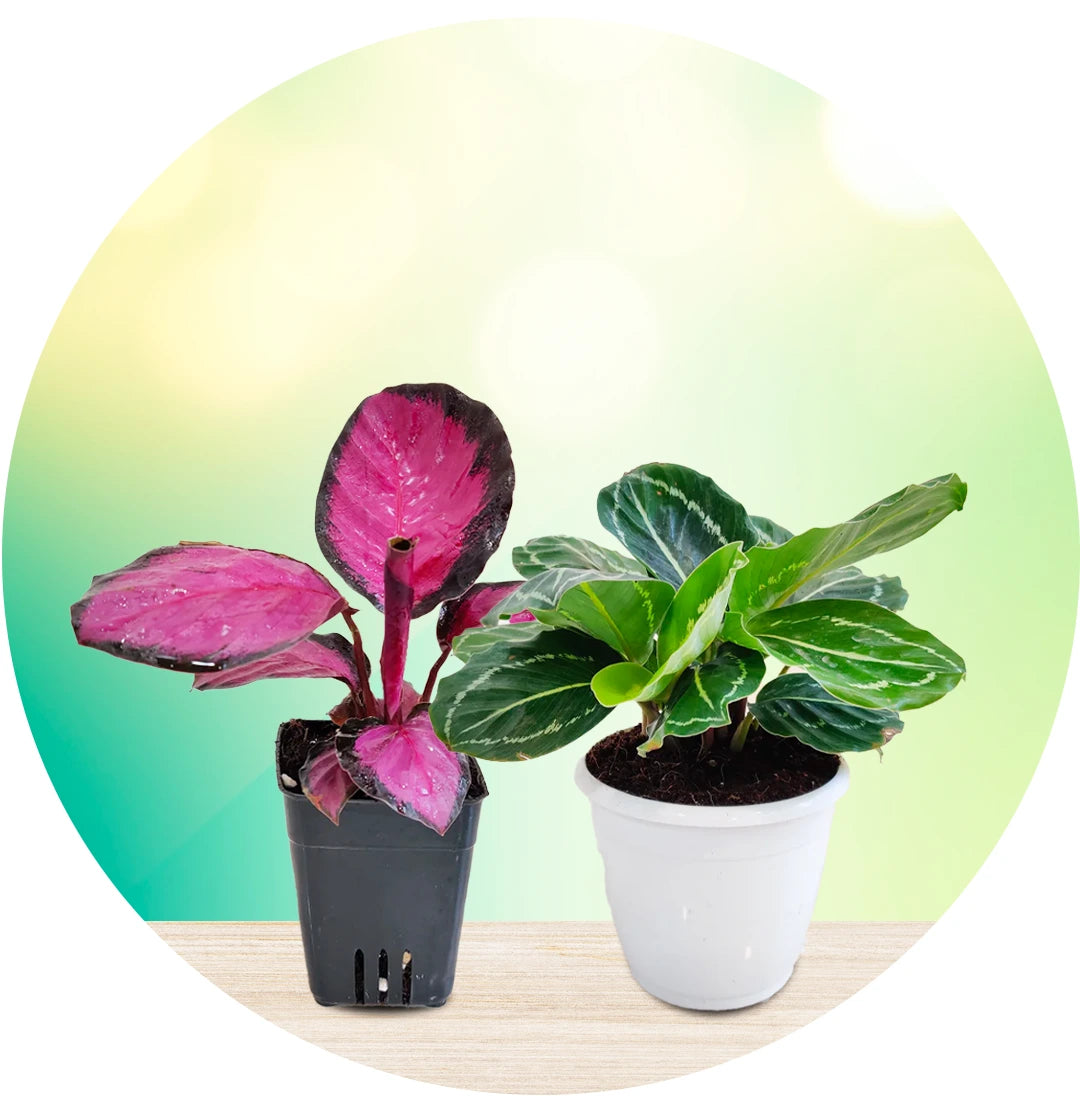
Leave a comment